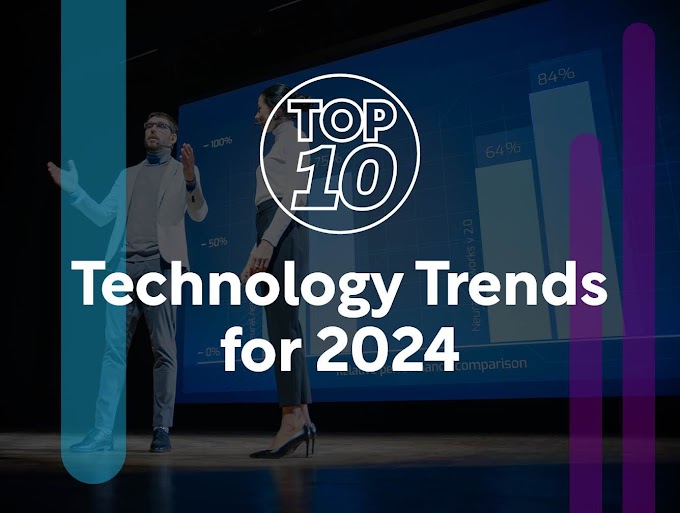The ever-growing world of engineering applications demands robust computing power. But with two major players – edge computing and cloud computing – on the field, choosing the right one can be a challenge. Let's break down the key differences between these technologies and explore their strengths and weaknesses for engineering tasks.

Cloud Computing: Powerhouse for
Complex Workloads
Cloud
computing offers a familiar and well-established solution. Data is processed in
centralized data centers, offering several benefits:
● Scalability: Cloud resources can be easily scaled up or down based on
project needs. This is ideal for handling massive datasets or running complex
simulations.
● Accessibility: Engineers can access cloud-based applications and data from
anywhere with an internet connection,fostering remote collaboration.
● Cost-Effectiveness: For tasks with fluctuating compute demands, cloud
computing eliminates the need for upfront hardware investments.
However,
cloud computing also comes with limitations:
● Latency: Sending data to and from remote data centers can introduce
latency, impacting real-time applications.
● Reliability: Cloud services depend on a stable internet connection, which
can be a concern in remote areas.
● Security: Data security is a shared responsibility. Engineers need to
be mindful of cloud provider security measures and implement best practices for
data protection.
Edge Computing: Speed Demon for
Real-Time Needs
Edge
computing brings processing power closer to the source of data, often on devices
or local servers. This approach shines in scenarios where:
● Low Latency is Crucial: For applications like industrial
automation or autonomous vehicles, split-second decisions are vital. Edge
computing minimizes data travel time, enabling real-time actions.
● Connectivity is Unreliable: Remote engineering projects or those
with limited internet access benefit from edge computing's ability to process
data locally.
● Data Privacy is Paramount: Certain applications may require
keeping data on-site for regulatory or security reasons. Edge computing
facilitates this localized data storage.
However,
edge computing also presents challenges:
● Limited Resources: Edge devices typically have less processing power and
storage compared to massive cloud data centers.
● Management Complexity: Deploying and managing a network of
edge devices can be more complex than managing centralized cloud resources.
● Security Concerns: Securing a distributed network of edge devices
requires careful attention to ensure consistent security protocols are followed
across all devices.
The Future: A Collaborative Approach
Ultimately,
the choice between edge and cloud computing depends on the specific engineering
application. Many projects can benefit from a hybrid approach, leveraging the
strengths of both technologies. Cloud computing can handle complex back-end
tasks and data analysis, while edge computing tackles real-time needs and local
processing demands.
By understanding the advantages and limitations of
both edge and cloud computing, engineers can make informed decisions about the
best approach for their projects, ensuring efficient, reliable, and secure data
processing for a successful outcome.
If you enjoyed this blog, then share it with your friends. To know more, follow the
below links:
Facebook - https://www.facebook.com/AVCOEngg
Instagram - https://instagram.com/avcoeofficial?igshid=YmMyMTA2M2Y=
LinkedIn - https://www.linkedin.com/showcase/alumni---avcoe
Twitter - https://twitter.com/AmrutvahiniE



0 Comments